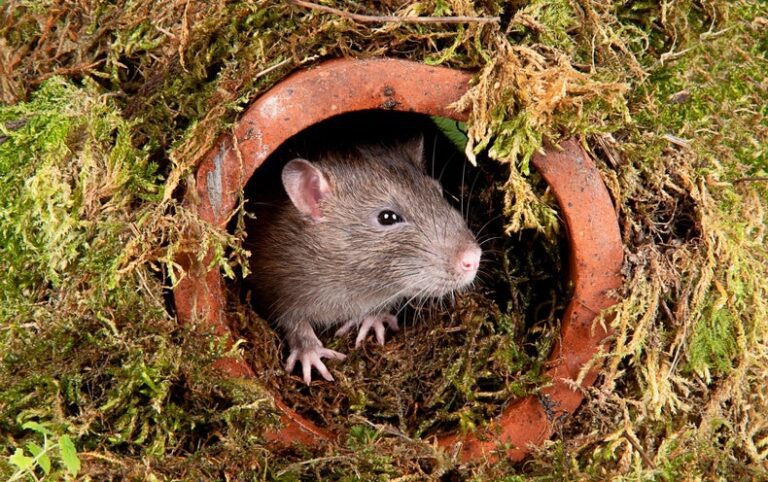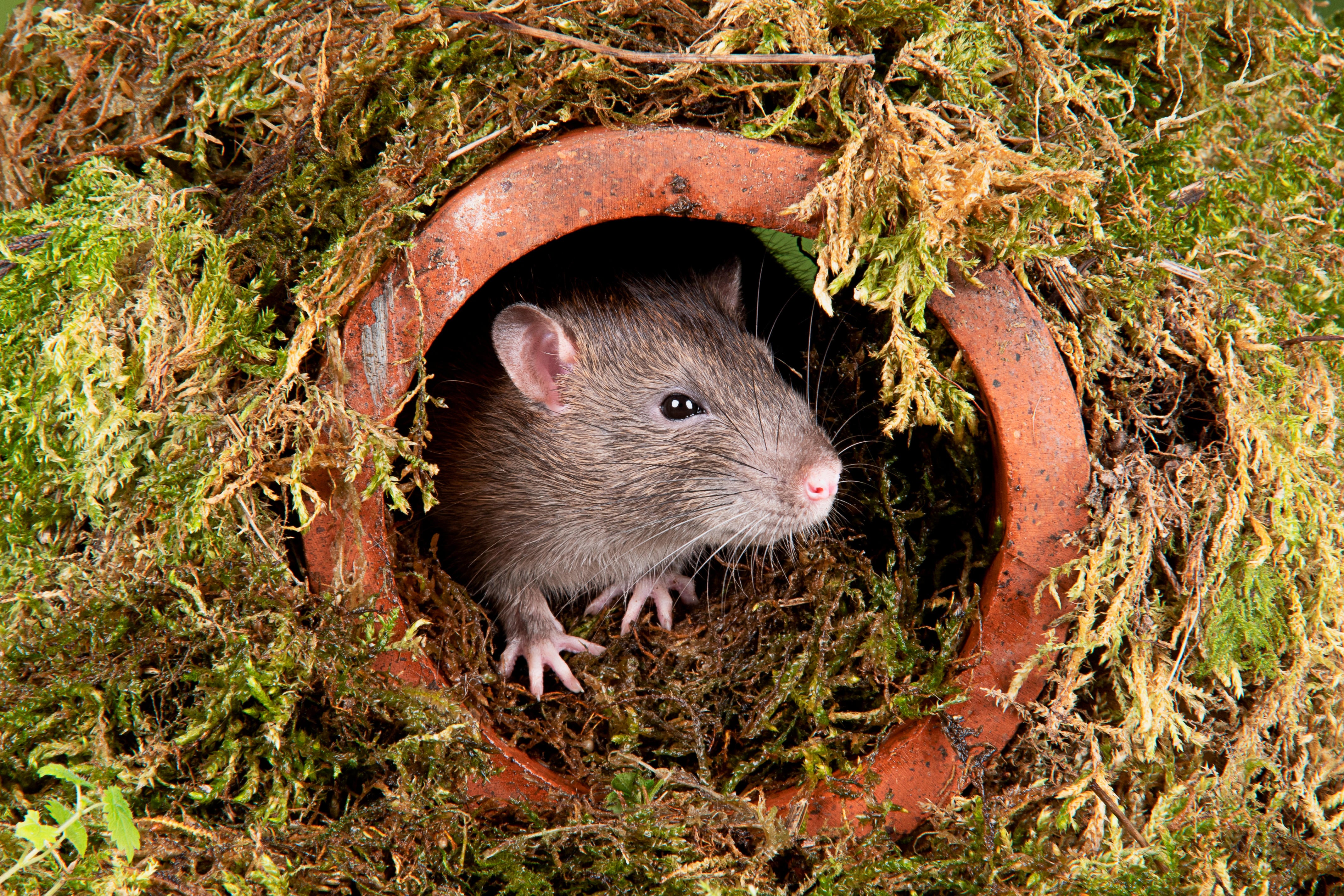
[ad_1]

Humans use imagination for far more than daydreaming. The ability to visualize possible scenarios is something we do every single day. We mull over alternative routes to avoid traffic, cook up last-minute dinner plans and mentally prepare for tomorrow’s meeting.
But we are not alone. A new research finding demonstrates quite vividly how humans are not the only species possessing an imaginative ability to think ahead. Researchers recently outfitted several rats with a high-tech device that tracks brain activity and observed how the rodents mentally maneuvered through a virtual reality environment. Their findings, published today in the journal Science, reveal that the rats are capable of seemingly thinking about locations and objects that are not immediately in front of them.
At its core, imagination is visualizing something that is not happening. “The hallmark of human imagination is being able to think about something without doing that action,” says Chongxi Lai, a postdoctoral researcher at the Howard Hughes Medical Center’s Janelia Research Campus in Ashburn, Va., and co-lead author of the new paper. “It can be a simple behavior like lying in bed, closing your eyes and thinking about plans for tomorrow.”
To determine if other animals are capable of utilizing this forethought, the researchers focused on the hippocampus. This region of the mammalian brain stores memories and plays an important role in navigation. Rodents in particular boast a hippocampus that is adept at processing space. “Rodents create a model of every environment they explore that acts like a GPS map,” says Albert Lee, a neuroscientist at Beth Israel Deaconess Medical Center in Boston and a co-author of the new study.
These detailed cognitive maps are created by spatial neurons in the rodent hippocampus called place cells, which activate when the animal reaches a certain area in its environment. Following these neural breadcrumbs would help researchers pinpoint where a rat has been. Unlike human subjects, however, rats are unable to articulate their thoughts. So the team had to figure out another way to access the spatial data stored inside the rodents’ hippocampi.
Lai designed a brain-machine interface (BMI) that was implanted into the rodents’ brain. The device effectively recorded the electrical activity in the rats’ hippocampus and rapidly translated it on an external device called a decoder. This allowed the researchers to track which spatial neurons were activated. “If the animal generates a neural activity pattern related to the corner of the room near the window, then the decoder is going to output that position,” Lee says.
Once they were outfitted with their BMI, the rats were each placed on a spherical treadmill that was surrounded by screens—a setup that resembled an ice cream cone wrapped around a spinning globe. The researchers used a projector to broadcast a virtual reality environment on the screens that created the illusion that the rats were moving through space as they scurried on top of the treadmill.
The first step was allowing the rats to create a baseline cognitive map of this virtual environment. The animals were allowed to move freely on the spinning treadmill as they explored. Each was trained to find a designated location in the simulation. Once the rats reached this spot, they received a liquid reward.
During each test, the researchers recorded which spatial neurons were activated when the rats moved to certain areas. “As the rat explores the whole environment, we can read the map that its hippocampus creates,” Lee says.
The scientists then put the rats’ mental mapping skills to the test. They fixed the rats atop the treadmill, preventing the animals from freely moving about the virtual environment by running. Instead the rats’ movement through the virtual reality simulation was controlled by which spatial neurons they activated in their mind. This forced them to mentally visualize the steps it would take to reach their reward. The researchers called this task “Jumper,” a nod to a 2008 movie featuring teleportation.
The scientists invoked another cinema reference for the second task, which they referred to as “Jedi.” In this task, the rats were not able to move at all through their virtual environment. To get the reward, they were forced to move an external object toward the designated reward spot like a Jedi summoning a distant lightsaber. But instead of the Force, the rats had to harness their spatial neurons to guide the object through the virtual reality.
The researchers found that their rodent subjects were adept at both tasks. In Jumper, the team found that the rats could voluntarily reactivate the place-specific neurons in their hippocampus as they recalled the remote location of their reward. Jedi revealed that they could also successfully activate these neurons as they moved a remote object toward the desired destination and hold it there for several seconds, which could be akin to a human dwelling on a certain object while picturing a distant beach vista.
But not all scientists are sold that these results are tied to imagination. According to neurobiologist Matthew Wilson, who studies rodent learning and memory at the Massachusetts Institute of Technology and was not involved with the study, there is a predictive component to how the hippocampus processes space that does not require active thought from the animal. “The hippocampus is always anticipating what’s going to come next,” Wilson says. “[The rats] don’t have to think about the goal.” Instead of decoding rats’ active thoughts, he thinks the researchers tapped into the subconscious predictive code inside the animals’ hippocampus.
Wilson thinks that one way to determine whether the rats are really using an imaginationlike thought process would be to turn off the virtual reality and see if the rodents can re-create the spatial neural patterns without moving or receiving any visual feedback to inform their next move. “Right now, it’s like they’re imagining the next frame of a movie while they’re watching it,” he says. “But imagination is what happens when you close your eyes, and you create these perceptions internally.”
[ad_2]